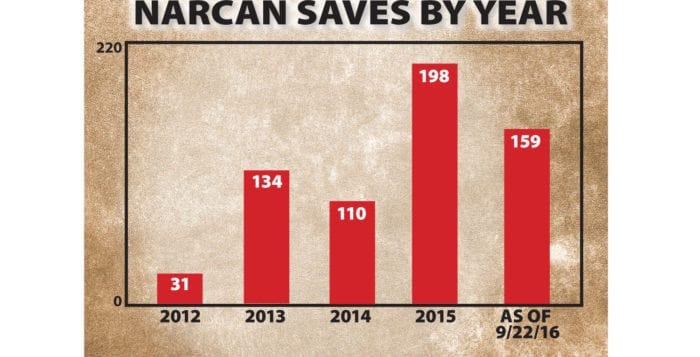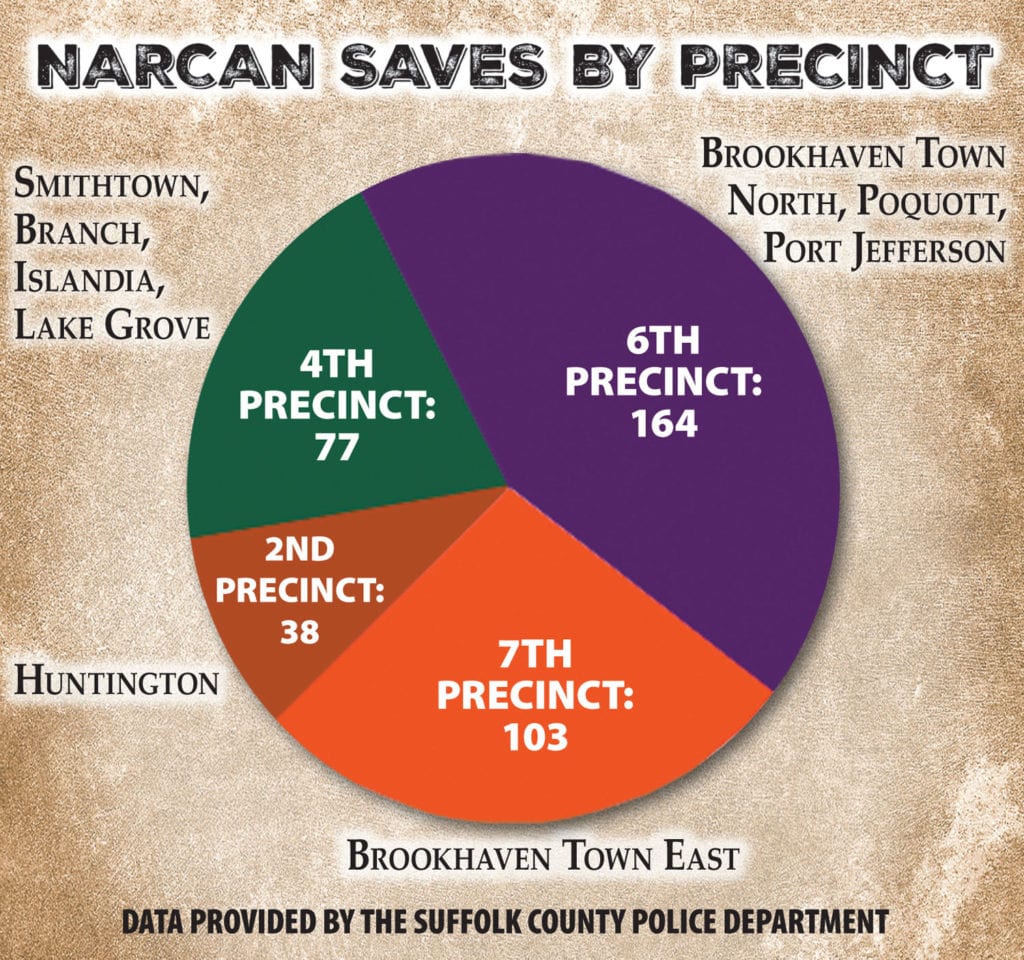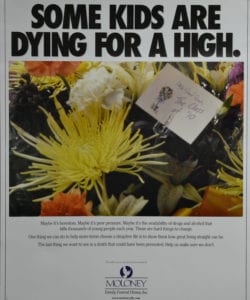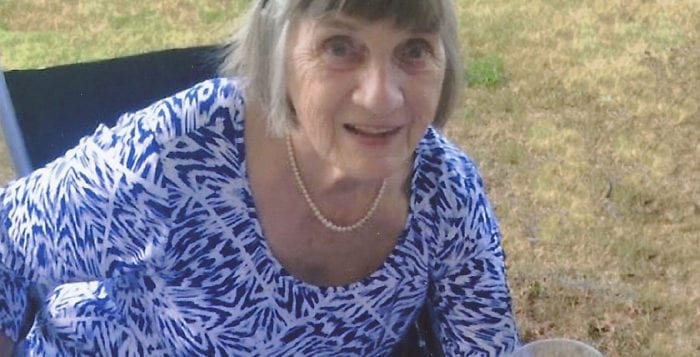The Mount Sinai Civic Association isn’t just a local organization — it’s an institution that has become part of the community’s fabric for the last 100 years.
On Oct. 6 at the Willow Creek Golf & Country Club, the civic association celebrated its anniversary with its board, community members and local politicians.
“It’s an amazing milestone,” Mount Sinai Civic Association President Ann Becker said. “We’re impressed with how dedicated people have been, always stepping up in Mount Sinai. It’s been a concretive effort. We’ve had strong leadership. It’s a community that pulls together when there are problems and tries to resolve those issues.”
Incorporated Oct. 5, 1916 as an outgrowth of the Mount Sinai Taxpayers Association, its initial objective was to construct better roads, improve the conditions of Mount Sinai Harbor and adopt means to protect against fires.
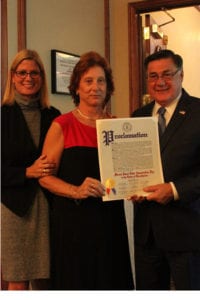
“Over 100 years, some of those principals remain,” Brookhaven Town Supervisor Ed Romaine (R) said. “The civic works hard to protect this community, to ensure that the zoning, the look of this community stays as a majority of the people in this community wants it to. They work hard to protect the harbor, the environment, and they do a tremendous job.”
Officers elected at the first organizational meeting were President Jacob Schratweiser; 1st Vice President Philip Scherer; 2nd Vice President JC Sheridan; Secretary William R. P. Van Pelt; and Treasurer Lorenzo Davis. Committees were established to focus on road improvements, fire safety, improving the harbor, taxes and bylaws. The dues were fixed at $1 a year.
Over its 100-year history, the civic association has worked tirelessly on quality of life issues for the residents of Mount Sinai and the Brookhaven Town. They’ve worked to protect the area’s coastal environment, establish community parks and preserves and maintain a balanced level of development — including recreational facilities, privately owned housing, residential opportunities for seniors and support for schools. A completely volunteer-based organization, the civic has always depended on local residents to step forward and actively work toward improving the community, protecting the environment and protesting against overdevelopment.
With Becker now at the helm, the civic association continues to strive to better the community, and Councilwoman Jane Bonner (C-Rocky Point) said Becker is the perfect person for the job.
“Ann and her civic board are wonderful advocates for the tiny little hamlet of Mount Sinai,” she said, adding that her husband, John Sandusky, was born and raised in the area. “People like Ann, and others in this community, keep a watchful eye, are paying attention and have the best goals for Mount Sinai — to maintain it’s quaint look and charm.”
During the 1960s and ’70s, the major civic issues included working to successfully stop the dredging of Mount Sinai Harbor, which was accomplished in the late 1960s, followed by the planning and management of Cedar Beach. The civic association also worked to preserve local wetlands, and the 1965 Mount Sinai Harbor Advisory Committee recommended limiting commercial use to the existing businesses.
Over the years, the civic has had some big accomplishments.

The association sued Brookhaven for overdevelopment in 1996, which resulted in a significant reduction in the number of houses built. They also helped in the establishment of the Willow Creek Golf & Country Club, which provided a $2 million tax windfall for the Mount Sinai school district.
Funding and installation for three welcome signs in the hamlet were also achieved with the help of the civic. In 1997, the Chandler Estate was preserved as passive parkland. With a grant received from New York State with the help of Assemblyman Steve Englebright (D-Setauket), 355 trees were planted along Route 25A the same year to beautify the community.
“The work that they do in the community and the difference that they make in the quality of life in Mount Sinai; the civic sets an example for all other communities,” Englebright said. “This is a shining beacon of civic activism and accomplishment. The association has continuity, initiative and history. I go to other district and I tell them to visit Mount Sinai and its park to see what a hamlet and a community can do when it comes together.”
The grant was also used to help purchase the nearly one-acre property that is known as Heritage Park. Preventing the sale of “The Wedge” to developers who planned to construct a Home Depot was also made possible with the help of Sen. Ken LaValle (R-Port Jefferson), who persuaded the owner to donate the balance of the property.
In the 1990s the civic started many of the community activities still supported through the 501(c)3 nonprofit Heritage Trust, though many have since expanded. These include the community tree lighting that started at the post office and is now held at Heritage Park, along with the menorah lighting, family day at Cedar Beach, the Halloween Parade and festival [originally held at the middle school] and Breakfast with Santa, which began at George’s Handlebar Restaurant 21 years ago and is now held at Heritage Center.
“We have to keep up the inspiration,” Suffolk County Legislator Sarah Anker (D-Mount Sinai) said. “We’re here to protect the Earth and we’re here to protect each other, and make sure that worries and concerns are addressed. There’s so much more that we can do, but what’s most important it that we take care of what we have.”




